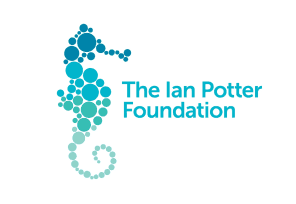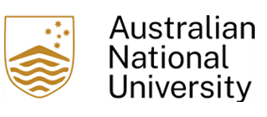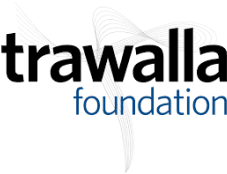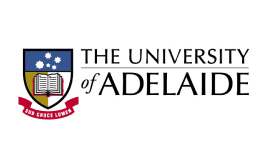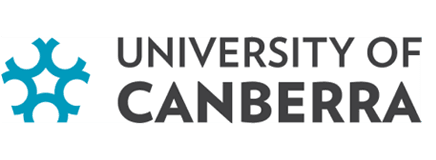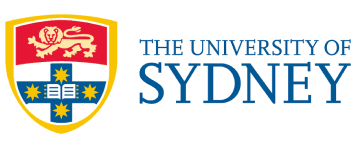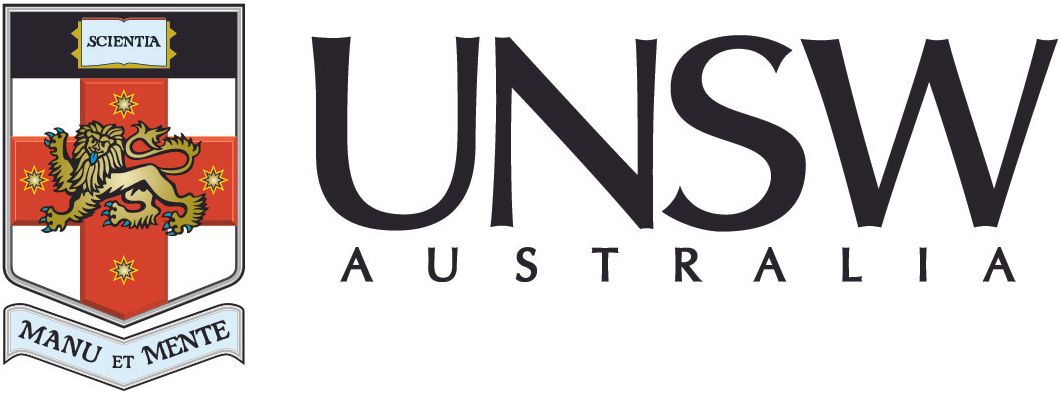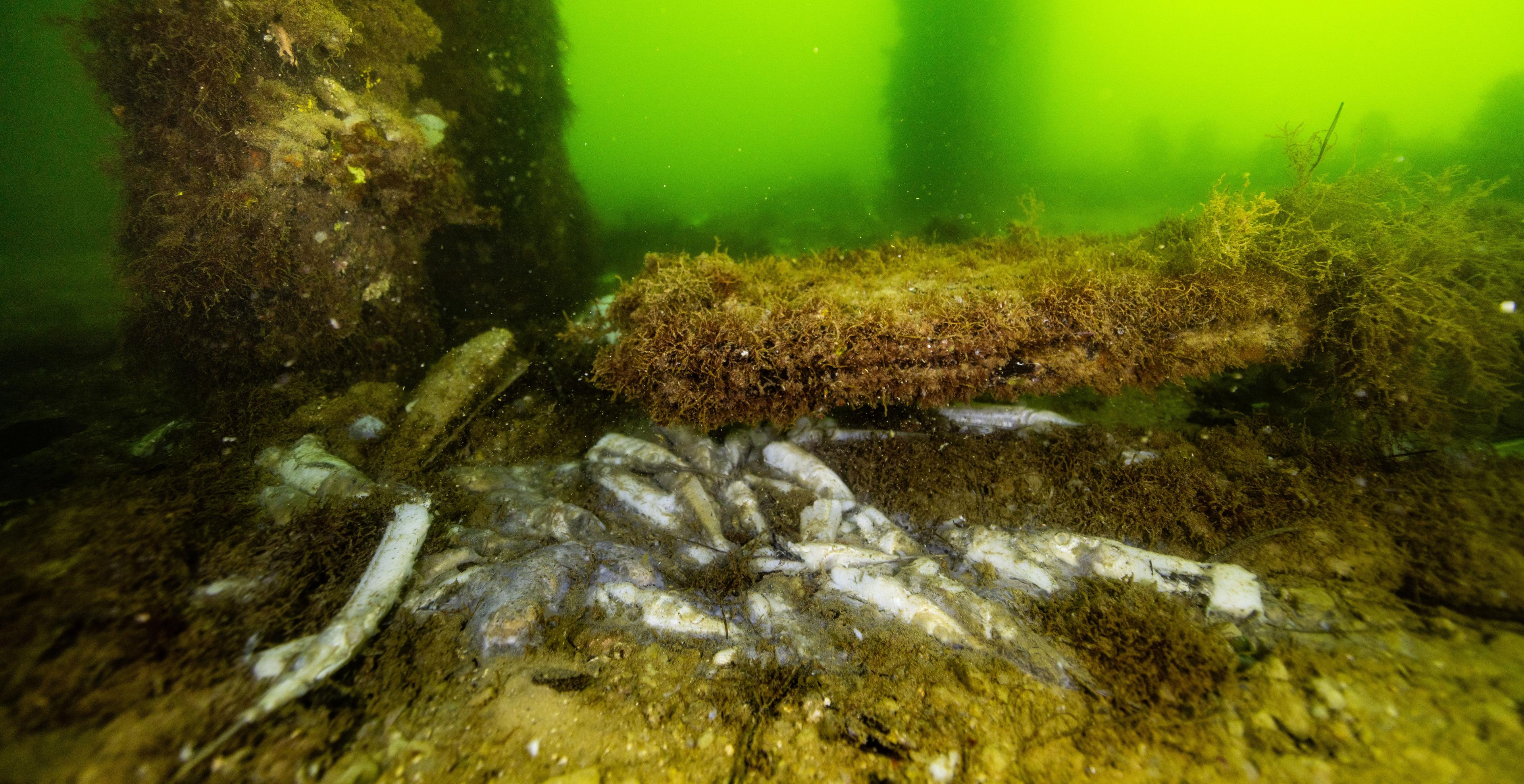
Dead garfish rotting on the seafloor within the algal bloom. Image: Stefan Andrews, courtesy Great Southern Reef Foundation.
Key actions needed to respond to South Australia's catastrophic toxic algal bloom
Report
24 July 2025
Australia is witnessing one of the worst marine disasters in living memory: a catastrophic harmful algal bloom stretching across 500 kilometres of South Australia’s coastal waters, devastating marine life, and threatening some of our most iconic and economically important ecosystems.
This event was forseable and even predicted. It is a human-mediated disaster - enabled by an extended marine heatwave, likely fed by a large pulse of nutrient-rich floodwater and coastal upwelling, and exacerbated by widespread loss of marine ecosystems that once provided natural water filtering and resilience against natural as well as human threats.
Australian federal and state governments should commit to seven actions, needed to respond to this event and to prepare for an increasingly dangerous and unstable future.
- Investigate and fast track emergency interventions for species at risk, including the giant cuttlefish aggregation occurring near Whyalla right now.
- Immediately invest a minimum of $10 million to start research to understand the impact of this bloom on biodiversity and species populations, identify species in need of emergency intervention, and track how species, ecosystems, fisheries, industries and communities respond and recover, to inform plans for what to do when the next bloom hits.
- Accelerate Australia’s decarbonisation efforts and become a global leader in climate action. Minimising ocean warming is the most important step in preventing harmful algal blooms not just in South Australia but also along other Australian coastlines.
- Reduce nutrient and dissolved carbon pollution. Undertake dissolved carbon and nutrient balance studies of the relative importance of upwelling and terrestrial nutrient sources such as the Murray River and Adelaide metropolitan coastline to identify key human-influenced sources and address them.
- Restore and protect marine ecosystems - particularly kelp, mangroves, seagrass and shellfish reefs - that naturally draw down nutrients and support biodiversity to help it bounce back after blooms.
- Establish a long-term monitoring program for the Great Southern Reef, modelled on the $40 million, 10−year Great Barrier Reef’s Reef Integrated Monitoring and Reporting Program (RIMReP).
- Establish mechanisms to plan for and respond to catastrophic natural disasters. More toxic algal blooms, marine heatwaves, floods and bushfires will occur. We need to be ready to respond to these events, with effective plans that outline key actions, responsibilities and funding sources.
Without urgent major action, catastrophic algal blooms will become increasingly common in Australia’s coastal waters, impacting not just marine biodiversity but livelihoods, industries and communities.
The announcement of $14 million each from the Commonwealth and South Australian Governments to respond to the event is a welcome start. It is unlikely to be all that is needed to compensate and support impacted businesses and communities and for immediate and longer term biodiversity needs, including filling research and knowledge needs.
We have seen governments mobilise significant funding for other disasters such as after the Black Summer Bushfires, and the current marine heatwave ringing Australia is likely to be equivalent in wildlife impacts. The Australian Government invested $2 billion in the National Bushfire Recovery Fund, and spent more than $200 million on the response for wildlife, including $53.4 million for immediate wildlife rescue and recovery, followed by $149.7 million on the longer-term recovery of wildlife and habitat.
Download the report for more detail.
Cite this report as: Biodiversity Council (2025). Key actions needed to respond to South Australia’s catastrophic toxic algal bloom. July 2025. Report. Melbourne, Australia.


